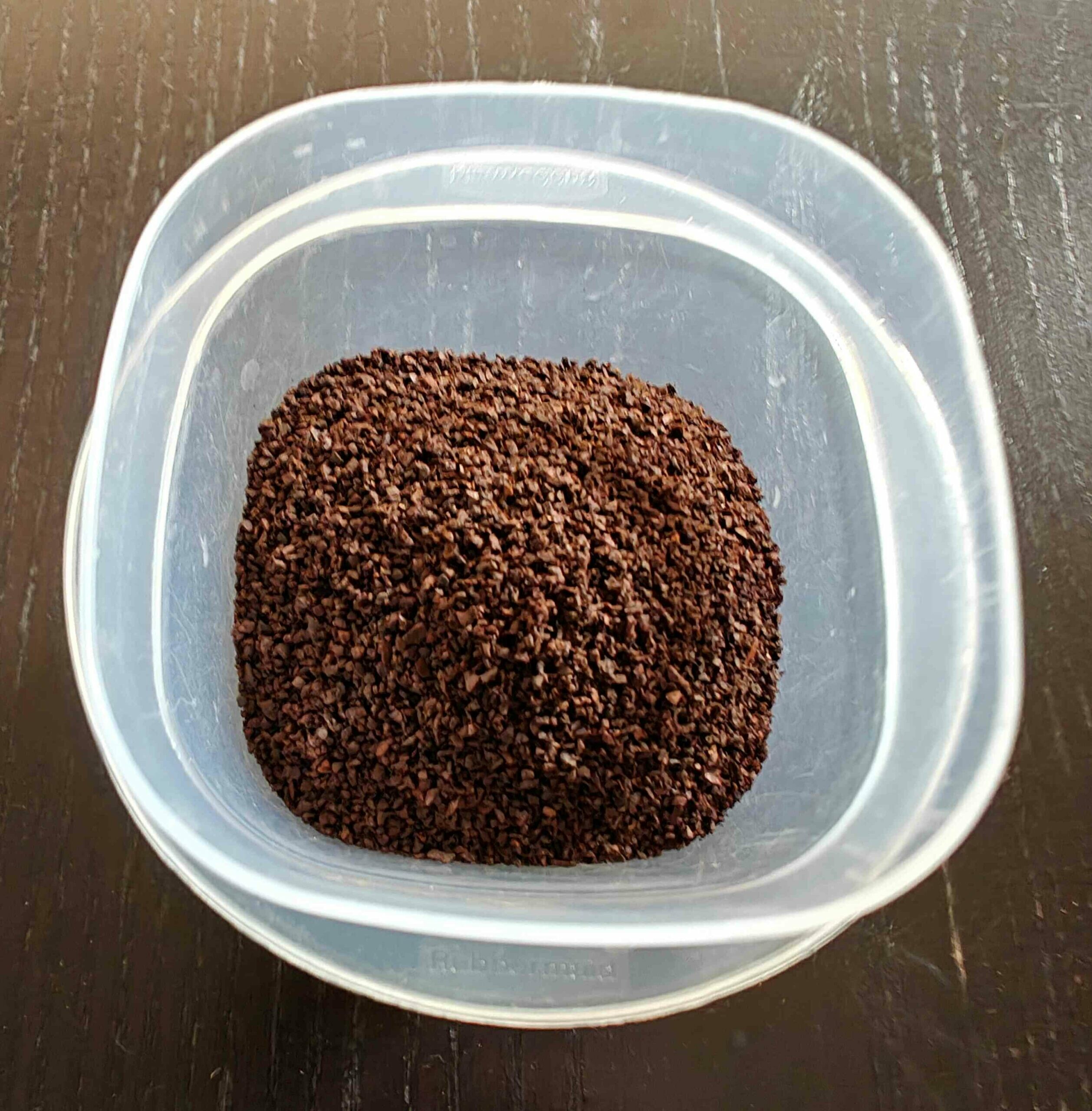
Colombia
How is it produced?
Colombia has an ideal growing climate for coffee beans, and primarily grown in it’s “Coffee Belt”. Following cultivation, it is typically hand-picked to ensure ripeness. The coffee beans (or cherries) undergo wet processing (also known as washing) to remove the pulp, fermenting to eliminate the mucilage, and then washed. The washed beans are then dried in the sun or with mechanical drying equipment. The dried beans are hulled to remove the outer parchment layer, and then sorted and graded based on density, quality, and size. Once processed and graded, the beans are packed and shipped (exported) around the world.
Describe the supply chain to the store shelf in Canada:
Once coffee beans are exported from Colombia, they are shipped sea freight or ocean cargo to Canada. Upon arrival, they are inspected and cleared by customs. Importers purchase the raw coffee beans, which are then distributed to roasteries, wholesalers, or retailers across Canada. Canadian roasters process the coffee beans into roasted coffee. The roasting process is vert important for ensuring the aroma, flavour, and quality of the coffee. The roasted coffee is then either ground or packaged as whole beans into bags or other containers, branded by companies, and prepared for the sale. The packaged coffee is distributed to grocery stores, shops, retailers, and other outlets. Finally, the packaged coffee is stocked on store shelves or made available online for purchase.
What is the power balance between the producer and seller?
The power dynamic between coffee producers and sellers often tends to favour sellers, particularly those in wealthier consumer markets like Canada. The power imbalance between coffee producers and sellers often tilts in favour of sellers, as global market prices are beyond the farmers’ control, and they earn only a small share of the retail price while depending heavily on coffee sales. Larger companies and retailers wield more influence over distribution, branding, and pricing, and small farmers often lack collective bargaining power. However, initiatives like fair trade aim to support farmers with better prices and terms.
Can you recommend changes to the system to improve the balance?
To improve the balance between coffee producers and sellers, fair trade policies should be expanded to ensure fair prices for farmers, and direct trade relationships can create transparency and reduce intermediaries. Strengthening farmer cooperatives helps with collective bargaining, while providing resources and training boosts sustainability and resilience. Educating consumers about ethical sourcing encourages them to support initiatives that benefit farmers.
References/Resources:
Bacon, C. M., Méndez, V. E., & Fox, J. A. (2008). Confronting the coffee crisis: Fair trade, sustainable livelihoods, and ecosystems in Mexico and Central America. Cambridge, MA: MIT Press.
Fridell, G. (2007). Fair Trade Coffee: The Prospects and Pitfalls of Market-Driven Social Justice. University of Toronto Press.
Jaffee, D. (2014). Brewing Justice: Fair trade coffee, sustainability, and survival. University of California Press.
Raynolds, L. T., Murray, D. L., & Wilkinson, J. (2007). Fair trade : the challenges of transforming globalization. London; New York: Routledge.
Samuel. (n.d.). The Impact Of Fair Trade And Direct Trade Coffee Initiatives On Coffee-Producing Communities. Retrieved from a great coffee: https://agreatcoffee.com/impact-of-fair-trade-and-direct-trade-coffee-initiatives/
VanderHoff Boersma, F. (2009). The Urgency and Necessity of a Different Type of Market: The Perspective of Producers Organized Within the Fair Trade Market. Journal of Business Ethics, 86, 51-61. doi:10.1007/s10551-008-9766-4

